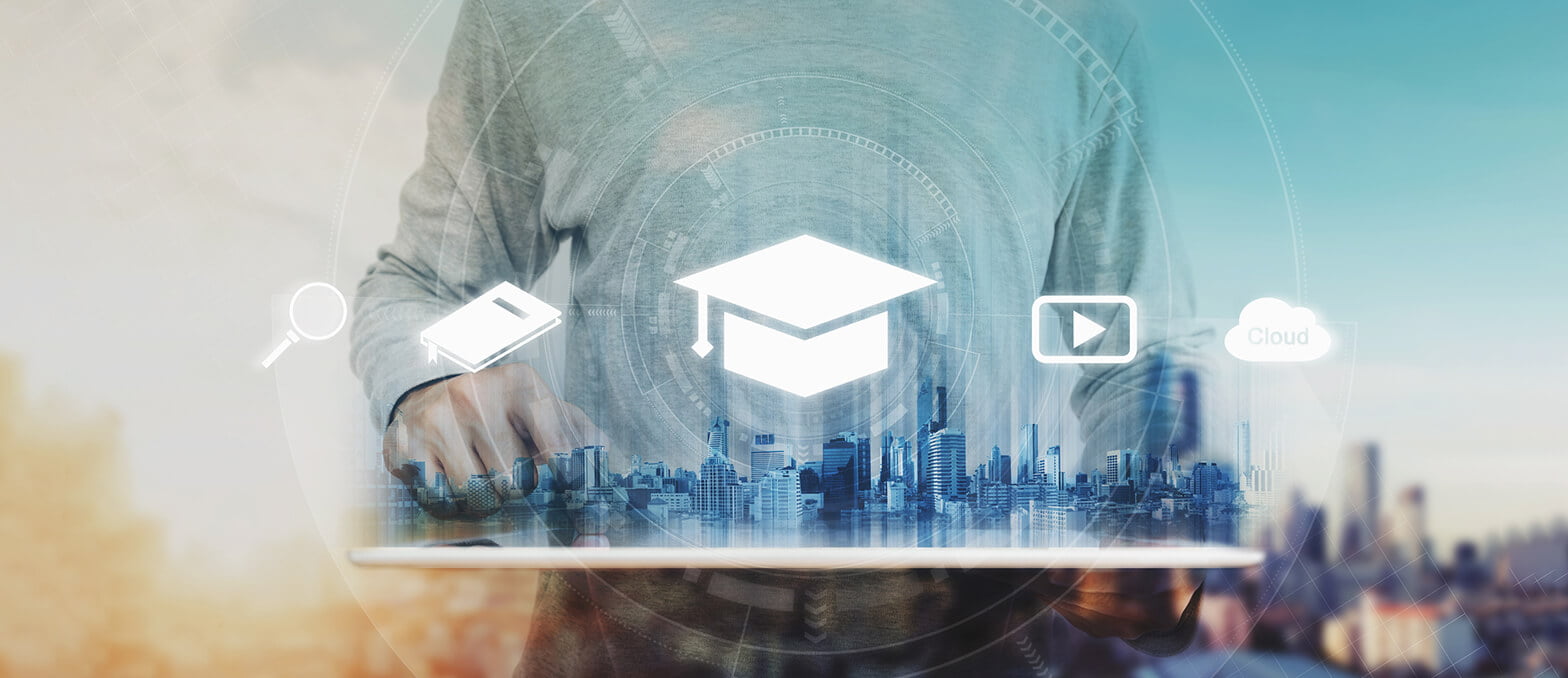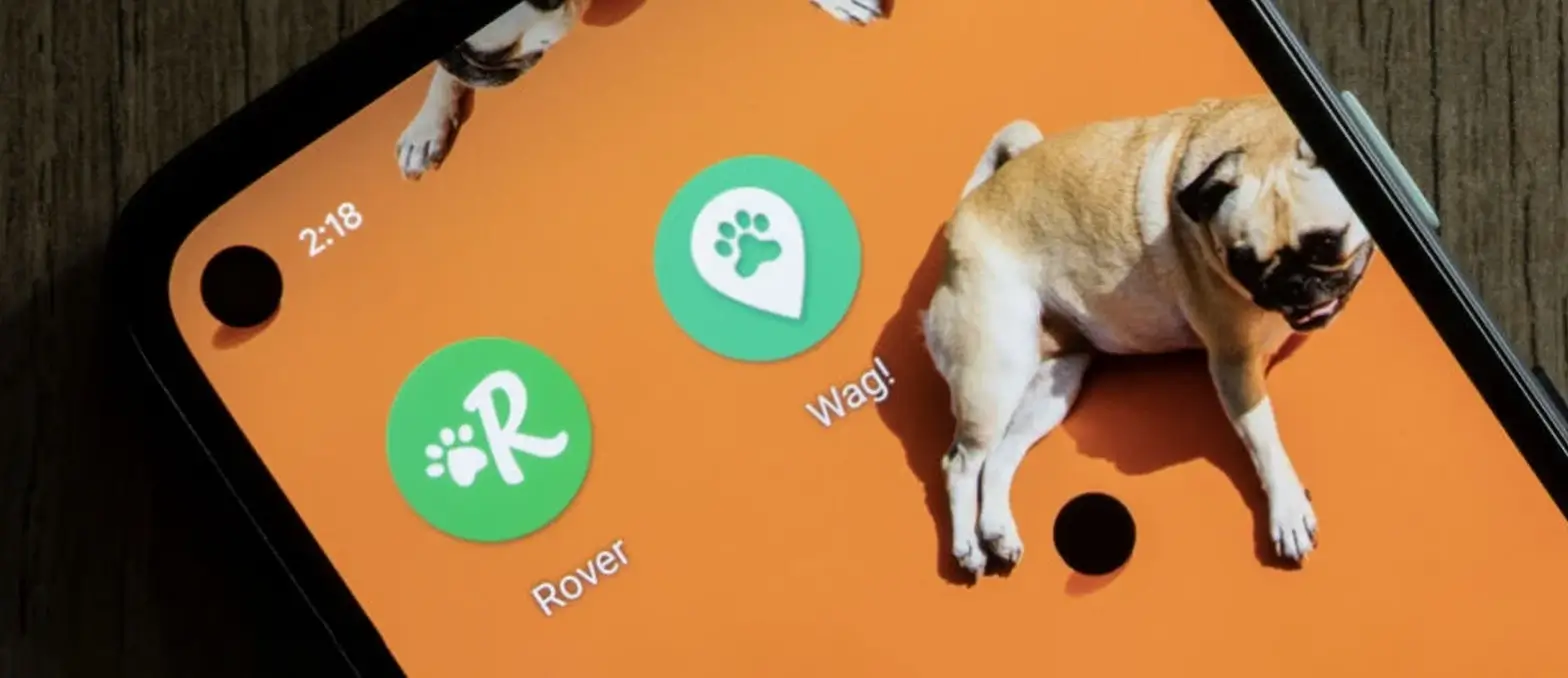Table of Contents
Mobile Health (mHealth) apps now dominate the App Store and Google Play alike. For both iOS and Android users, these applications are changing the way we access health services, care for our health and wellbeing, order medication and connect with health experts, and observe health guidelines.
From 2020, this market genuinely exploded in prominence, distribution, and adoption. It’s no surprise that the events of the Covid-19 pandemic are consistent with this; in a time where people sheltered at home, health services were restricted for wellbeing of frontline workers and to manage pandemic waves, and our modes of access were compromised, technology developments provided life-saving alternatives to physical, in-person healthcare and in many ways, a panacea of sorts.
By 2022, the global mHealth apps market was valued at $43.5 billion USD reports Grand View Research with a compound annual growth rate of 11.6 percent for the forthcoming period of 2025 to 2030. Compared to 2020, when the market was valued at $11.9 billion USD, Fortune Business Insights attest in a report that this “significant positive demand” for “mHealth is gaining steam among customers as Google and Apple continue to provide various applications on their app stores.”
Over the course of this blog article, we’ll explore this trend in hybrid app development to cover the following five discussion points:
- Why hybrid mHealth app development is so important for users
- How hybrid app developers deliver quality iOS and Android mHealth applications
- The state of the hybrid mHealth app development market right now
- 10 features of leading hybrid mHealth apps for iOS and Apple
- The outlook for hybrid mHealth apps in 2025 and beyond including working with an app development company
Read on to learn about the technical features of hybrid mHealth apps, why this market is so suited to hybrid development, and the outlook of making these developments work for all people and nurture health the world over.
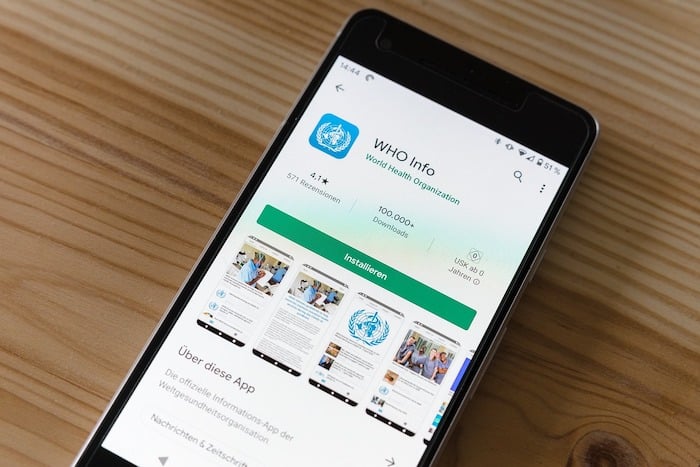
Why hybrid mHealth app development is so important for users
Hybrid mHealth applications are important for users for many reasons.
Let’s start with what hybrid applications — irrespective of the market vertical — typically feature:
- Work regardless of the different native operating systems — Apple iOS and Android
- Combine features of both web apps and native apps
- Run inside a native container
- Use the browser engine to power the app interface
- Distributed through the platform’s application store — App Store and Google Play
- Largely indistinguishable from a native app
There are many hybrid apps for global brands used by millions of people; these include Amazon, Netflix, Gmail, and Facebook.
Applying these features to mHealth, we can isolate that users benefit in the following ways:
- Option to work with their existing device, Apple or Android, to access their desired app
- Have the same user experience (UX) if they change devices and are navigating to their preferred mHealth app
- Reliably and easily found via their normal application store
- Usage guidance from health and wellbeing practitioners may vary based on their own devices; this achieves consistency for users
- Thoroughly tested apps deployed for mass market use without bias
There are popular and well-regarded mHealth apps with Apple and Android users all over the world; these include MyFitnessPal, Nike Run Club, Zocdoc, and Calm.
On an accessibility level, mHealth apps being available as hybrid developments is appealing for convenience and understanding the user interface (UI). When it comes to improving global health, one 2022 academic study found that this access for all devices has great promise for all people with the observation, “Since a great many people use smartphones worldwide, mHealth apps have the chance to change this behaviour by motivating and encouraging people to exercise and stay healthy in their daily lives.” The researchers elaborate, “According to WHO, 61% of the people who downloaded and started using mHealth apps have managed successfully to increase their physical activity.” The takeaway therefore is that for users — irrespective of their lives — mHealth apps developed as hybrid applications offer them, no matter their device an additional way to take care of themselves.
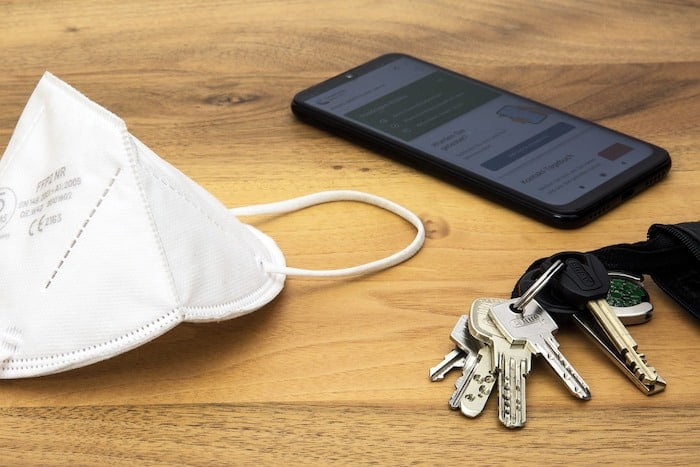
How hybrid app developers deliver quality iOS and Android mHealth applications
Delivering quality iOS and Android mHealth applications is complex for many reasons. Though we’ve identified how appealing hybrid app features are across all app market verticals, development can still be complicated due to how native operating systems can limit functionalities. This in turn means that certain user features either can’t be coded into a hybrid app because of the operating system or the operating system just won’t allow those functions to work even if they in the app’s code.
Irrespective of this, hybrid app developed can deliver high quality iOS and Android mHealth applications that perform on a technical level and win over users. There are millions of satisfied users downloading and engaging with their mHealth apps — be it for fitness, health goals, contact tracing check-ins, reproductive tracking, and more. Moreover, the study previously mentioned makes note in its “large scale analysis of mHealth app user reviews” that, “only 6% of users gave apps a one-star rating due to UI/UX concerns.” Moreover, of the five million user reviews analyzed for the study, half of mHealth app users’ reviews that were 1-star were related to, “faults and issues encountered while registering or logging in.” This is less about the macro issue of functionality and more around their own specific challenges. There is little to say that the quirks of hybrid mHealth developed apps results in products of a lower quality.
Even if this was the case, the good news is that once an app becomes successful, many companies opt to have a native app developed that is virtually identical regardless of it is for iOS or Android. Again, this isn’t a reflection on the performance of hybrid apps. In many cases, companies begin with a hybrid app due to time-to-market and cost effectiveness. In time some app providers, though not all, transition to native app developments as they progressively update their apps and enhance UX functionalities.

The state of the hybrid mHealth app development market right now
Health promotion from clinical and governmental organizations around mHealth shows that this app niche is projected to keep expanding until at least 2030. A Fortune Business Insights report from 2022 classified the niche as showcasing “exponential growth” both due to the global health impacts of chronic ailments and the market propulsion driven by telecommunication developments. mHealth presents a somewhat unique technical opportunity for both resolving ongoing international issues with a range of chronic, lifestyle, and contagious illnesses while also overcoming other health services crises around access, affordability, and the continually increasing global population.
Other research analysis weighs in that the state of mHealth app development is related to discretionary use and systemic shifts in how practitioners are opting to deliver care. Grand View Research identifies that, “Growing adoption of fitness and medical apps to collect and track individuals’ health-related data and to improve the overall health of the patients’ using smartphones are the major factors anticipated to drive the market.” They reference the technical utility afforded by all mobile devices, iOS and Android, with the comment, “In addition, increasing internet and smartphone penetration and growing awareness in maintaining physical health and lifestyle improvement are also further increasing the adoption, thereby supporting market growth.” The takeaway from here is that literacy around mHealth apps and opting for this service format, for clinical and self-directed care, is having a democratizing impact on how people perceive and practise their health activities. Statista also explicitly differentiates that mHealth encompasses “medicine and public health services through mobile device usage and reinforcement.” In the final quarter of 2021, a Statista report from Conor Stewart emphasized this significance stating, “The health and medical industry have been named as one of the top three fields to accelerate the growth of mobile devices.”
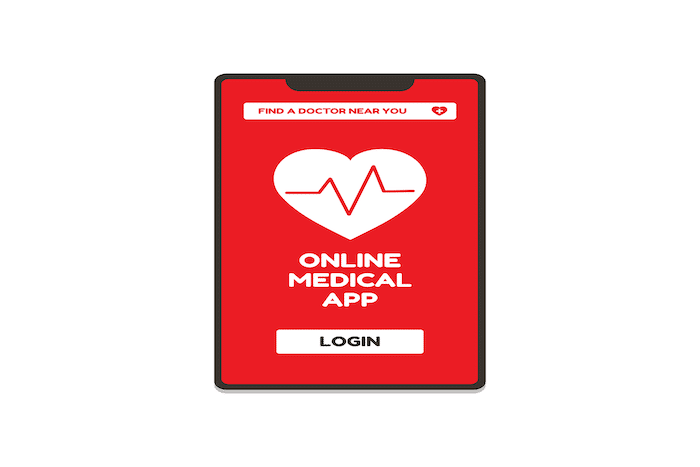
10 features of leading hybrid mHealth apps for iOS and Android
Now that we have explored the app development market and the technical aspects of hybrid development, we’re going to unpack what every user should look for in a leading mHealth app and what developers should know about this app niche. Whether the app will be used on an iOS or Android device, these 10 features are part of making an mHealth app stand out amidst the hundreds of thousands already on the App Store and Google Play store.
10 features of hybrid mHealth apps to know in 2025
- Streamlined, user-friendly UX
- Cybersecurity infrastructure
- Reminder integration for appointments, routines, and medication
- Integration for health goals with related mHealth apps and infrastructure
- Engaging prompts for health promotion
- Document management
- Telehealth communications
- AR/VR for appointments and health management
- Back-up options to track and store data
- Educational features
Let’s review exactly what makes these features so engaging and successful with mHealth users.
1. Streamlined, user-friendly UX
A streamlined, user-friendly UX is imperative in all apps. From smooth transitions between app sections to a pleasing UI, the visual and immersive components are a large part of how users connect with their apps. If it’s a pain to use or difficult to find key functionalities, people exit and uninstall swiftly. As the designated use of mHealth apps is to help people — such as making appointments, completing an exercise routine, or learning about medicine dosage — the UX needs to make every person feel this frequently and consistently. Simple yet clean and modern UX that are fast and logical are what most people favour and in the case of design choices, less is more to ensure nothing crucial is lost in the userflow mix.
2. Cybersecurity infrastructure
Significant personal information, including location data and identifying details, are often used in mHealth. For apps produced by governments and clinical health providers, information can be more sensitive and possibly even fall under privacy policies. Once a device is connected to the internet, it’s near impossible to stop cyberattacks. Nevertheless infrastructure goes a long way to deterring attacks. In mHealth apps, this starts with the app being designed to integrate with the device’s own in-built security features, for example biometric sign-in. Putting cybersecurity front and centre of the UI is another strong tactic. Having multi-factor authentication — even just a password and biometric verification — upholds good digital hygiene. Further to this, developers should build into the UI to require users to sign up for their accounts with a standalone email rather than syncing to social media accounts as these can be compromises.
3. Reminder integration for appointments, routines, and medication
Utilizing ergonomic, administrative features helps improve other areas of the users’ lives. If reminders can be integrated into existing systems, like the Apple Calendar, or there is an option to enable push notification reminders, this can enhance the UX. As mHealth apps are used for dynamic reasons and purposes, the reminder integration can cover a myriad of user needs. Helping people uphold their health goals can look like a pop-up to workout if they’ve missed a day, flagging that an appointment booking needs to be made, or that medication needs to be taken will elevate how people think about their apps.
4. Integration for health goals with related mHealth apps and infrastructure
Integration ties over to wearable technology and native operating system mHealth features. Developing apps that can be integrated with devices and tools shows the overlap between the health industry and discretionary lifestyle choices among people everywhere. Giving users a way to integrate their Apple Watch with their iPhone and other mHealth apps, offering a way to import Samsung Health data into a new mHealth app, or having wearable technology easily talk with an mHealth app can both enhance the UX and improve their health.
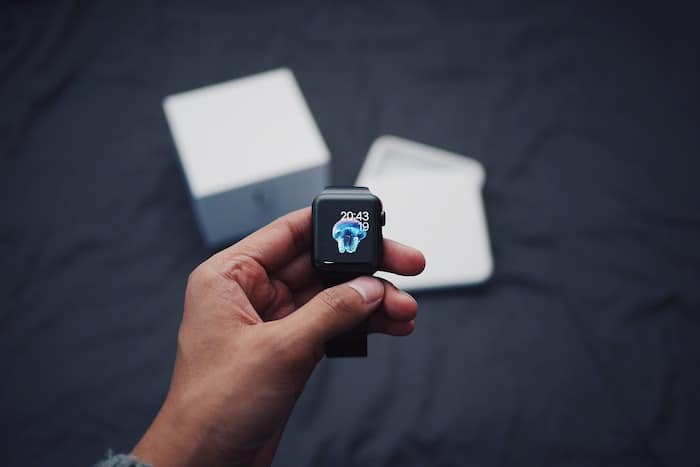
5. Engaging prompts for health promotion
mHealth apps have their core functionalities. Introducing an option to ‘turn on health promotion’ that is tailored to the individual user creates alignment beyond the in-app UX. Depending on the app itself, mHealth verticals like government apps for contact tracing and managing vaccination documents have already shown how it’s possible to deliver to users with this kind of functionality. The development outlook is to engage the user so enabling a customization of prompts can be consistent with their current app usage. If they haven’t used the app for a while, they might receive a related prompt that has a rule-based choice of whether they need motivation or patience while they get ready to resume their fitness journey.
6. Document management
A formidable part of all health is the logistical nightmare of document management. Official letters, prescriptions, referrals, and reminders — there’s a lot to keep track of. mHealth apps can have a section for organizing these high-value files or it could be an app entirely dedicated to storing these files until someone needs them. Integrating the latter with other mHealth apps would make it easy to make appointments, follow-up on a prescription, or keep sensitive information secure. For personal records, this accessibility minimizes risk of loss, compromising a physical document, or sorting through email systems to find and download attachments. This offers all-in-one utility that can be readily accessed via verification of user credentials.
7. Telehealth communications
This mHealth vertical overlaps with the technological niche of telecommunications at considerable scale. Mass introduction of telehealth services during the pandemic saw many people and medical providers experience a normalizing of remote appointments for an extensive range of reasons. Telehealth is only going to improve in the months and years ahead as technology matures and our own experience with this kind of healthcare deepens. At the moment, telehealth is often via separate platforms though it’s expected that in the future many mHealth apps will have this as a function to connect to medical professionals or industry experts. Securely offering this connectivity reduces the pressure on users to figure out a separate platform and it also minimizes the chance they’ll miss their appointments from the stress of navigating another platform.
8. AR/VR for appointments and health management
Extending on from telehealth, augmented reality (AR) and visual reality (VR) are likely to become part of mHealth including how remote appointments happen. While some people might use the metaverse for connection, others are likely to turn to AR and VR for assistance with diagnosis, treatment, and rehabilitation. The more realistic services are, the more familiar and immersed people can be in their healthcare experience even if they’re not in the same room as the practitioner. Many people are already using mHealth apps in managing chronic illnesses and there is little doubt that how we approach all medical care will evolve with AR and VR becoming mainstream. Some users might find ourselves completing a VR meditation or demonstrating our mobility following an injury to a physical therapist — this is certainly a functionality that will evolve as mHealth apps are a default in our lives.
9. Back-up options to track and store data
Just as document storage benefits mHealth users, storing health data that’s collected via these apps is invaluable, too. Though some data is more generalized and for personal interest, such as exercise logs, other data that relates to health or documenting our holistic wellbeing may have utility for doctors. There is a possibility that this will be used to gain insights into our health as people use these apps every day. In the same vein as the tracking of data, these apps can also be used to store information until it’s needed. Despite the generalized lack of medical understanding, this presents an opportunity — for the first time ever — to have every person’s day-to-day physiological health data logged so that it can be accessed whenever necessary all via a background app.
10. Educational features
A compelling feature of mHealth apps is that they can both directly and indirectly help people with gaining a better comprehension about a range of health conditions, as well as what our wellbeing means in terms of physical, emotional, mental, and spiritual vitality. While some mHealth apps are already purely designed to help people manage health conditions or gain public health information, other apps are already being used for educational enrichment on intellectual and holistic levels. Educational features may well shift and change as health does — and how the role of mHealth diversifies. Having means to learn about health, including illnesses and risk factors, while also receiving this in a tailor-made format may benefit people in unexpected yet nurturing ways.
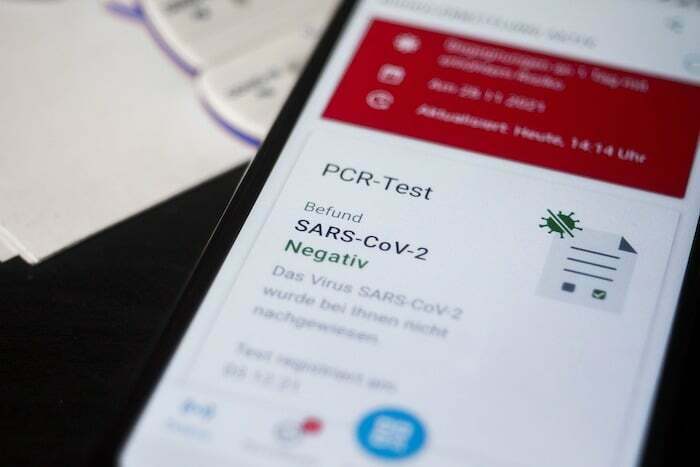
The outlook for hybrid mHealth apps in 2025 and beyond including working with an app development company
mHealth apps are predicted to keep growing well into the 2020s especially as technology improves and there is greater security for users. As the spheres of personal and community health, government and medical services, and technology overlap more comprehensively, this will be reflected in the scale, scope, and reach of mHealth; in theory apps will become as much a part of our normal wellbeing in the same way we have adopted the ease of bandaids instead of bandages. Looking ahead, with the promise of the metaverse, mHealth will only become more realistic and immersive for users. This is not just about treatment though this is a huge plus for anyone isolated, immunocompromised, or facing any intersectional issues like language barriers that compromise their access to health services. Even the promise of being able to workout virtually with a friend over an mHealth app or have a loved one remotely join for a secure telehealth doctor’s appointment is less about speculation and more about when, not if.
For businesses looking to develop their own mHealth app, hybrid app development is the most wide-reaching avenue for application engineering. Platform choice varies for many reasons and to reach the most people with the objective of delivering health services and products, as we mentioned earlier in this article, this is the way forward. Investing in time and expertise for a quality application is always worthwhile and though hybrid app development typically takes longer, this also allows for more time to get the development right, and deploy an mHealth app to market that truly makes a difference in the lives — and health — of users.
Frequently Asked Questions (FAQs)
What are mHealth apps and how do they differ from Telehealth?
mHealth apps are defined as ‘mobile health apps’. In some cases, they have been called ‘e-health’ though this refers to electronic health services over web portals.
Telehealth can be incorporated into mHealth apps, depending on the functionality of the application. In practice, telehealth broadly includes telecommunications-based technologies and tactics that deliver healthcare in the form of services and appointments from a distance via virtual communication platforms. More specifically, some medical practitioners link telehealth as being about clinical care management whereas mHealth is more generalized as a technological vertical that may include clinical care platforms.
mHealth is specifically via mobile applications used on mobile devices, commonly Apple iOS and Android.
What is the development history of mHealth apps?
mHealth apps have been a part of the Health and Lifestyle vertical of app development throughout the last two decades. As technology has improved so has the extent of these app’s functionalities with sophistication, user engagement, and service offerings.
In 2020, during the Covid-19 pandemic, mHealth apps saw widespread adoption for the first time. Many governments and health services designed and deployed official proprietary apps that served to: connect and inform the public about the virus; protect and track people; and, register vaccinations.
As mentioned previously, telehealth technologies also expanded during this time as a response to managing public health needs around: accessing services during lockdown periods; protecting immunocompromised community members; enabling sick people to receive remote medical treatment; reducing the strain on clinical medical services; and, limiting unnecessary physical contact amongst all members of the population. Though telehealth can happen on mHealth apps, the two technological verticals are not the same.
Current Statista projections forecast that mHealth, as part of the health and medical industry, is, “one of the top three fields to accelerate the growth of mobile devices.”
Are there differences between mHealth apps for iOS/Apple App Store mobile apps and Android Google Play mobile apps?
Differences between mHealth apps for iOS/Apple App Store applications and Android Google Play mobile apps can be observed in terms of operating system functionalities and the decisions of the companies that own the apps.
From a user standpoint, if the same app is made available for both leading platforms, there is no benefit to having differences. In most cases, if there are notable differences, the app owner will disclose this in their official documentation around the product.
Any other difference, unless officially addressed, are likely down to standard disparities between iOS and Android operating systems.
What technologies make mHealth apps so appealing to users?
mHealth apps vary in appeal for users. This may depend on user needs, personal goals, health guidelines and recommendations, and their own outlook on health.
On a technological, user experience level, mHealth apps offer users an empowering, self-directed range of varying platforms for their own activities and care. Apps are generally developed with UX elements in mind to attract, engage, and fulfil the user needs.
Leading apps are characterized as having utility in alignment with the user’s individual needs. Delivering on needs through design, functionality, agility, power, and accessibility are all application development features that, regardless of the development type chosen, statistically perform with users.


